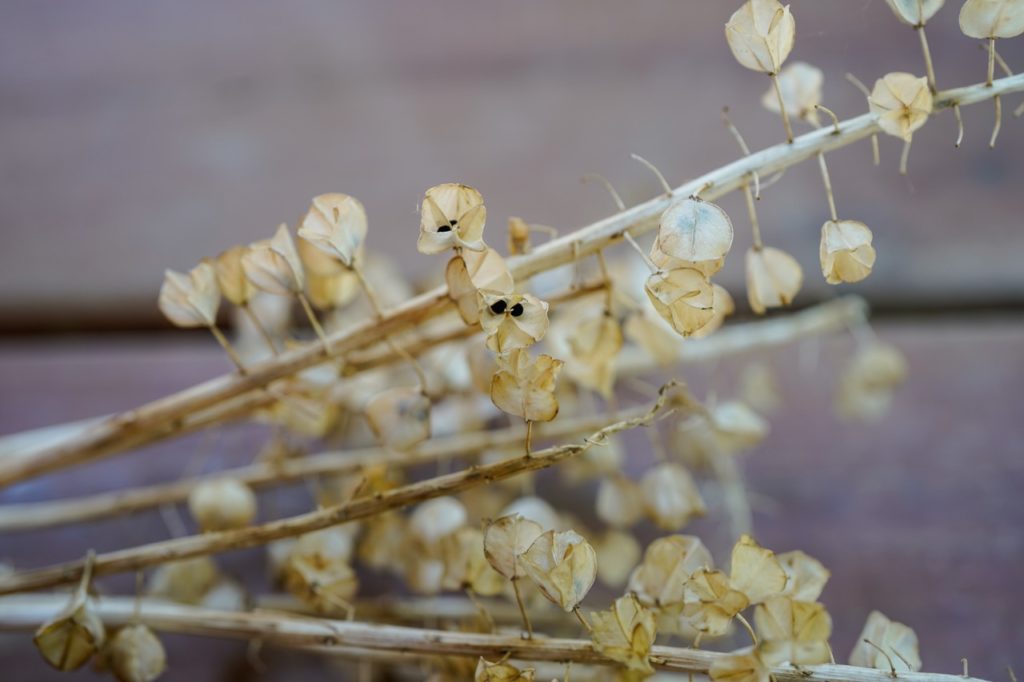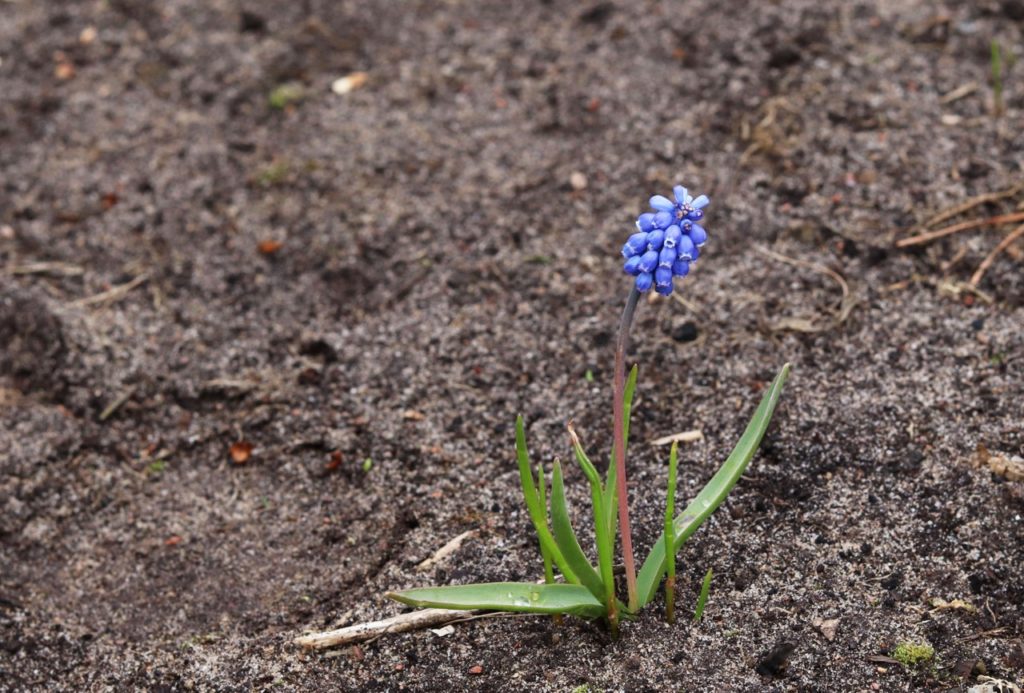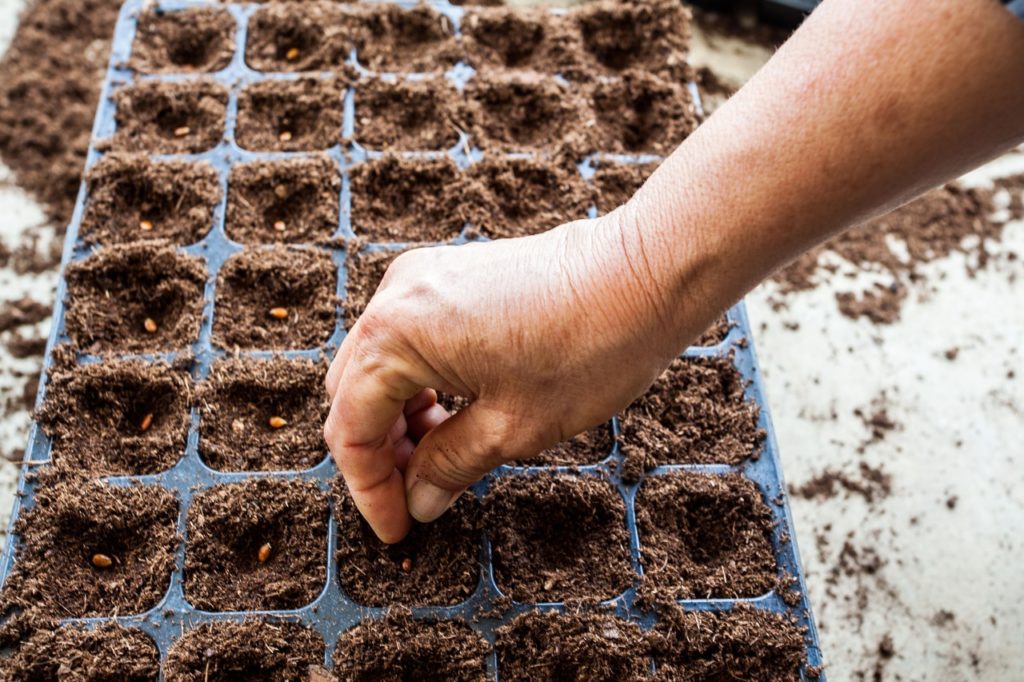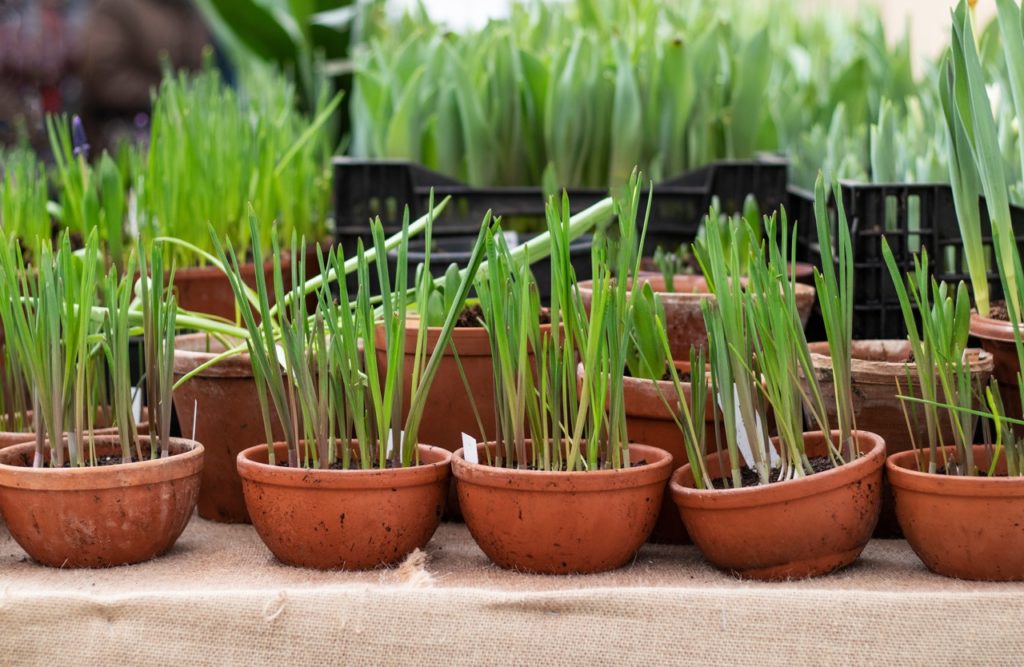Grape Hyacinth From Seed Will Take Years To Reach Maturity, But It Is Possible


Elizabeth is a Permaculture Garden Designer, Sustainability Consultant and Professional Writer, working as an advocate for positive change. She graduated from the University of St. Andrews with an MA in English and Philosophy and obtained a Diploma in Applied Permaculture Design from the Permaculture Association.
Reviewed By COLIN SKELLY

Colin is a Horticulturist and Horticultural Consultant with experience in a range of practical and managerial roles across heritage, commercial and public horticulture. He holds the Royal Horticultural Society’s Master of Horticulture award and has a particular interest in horticultural ecology and naturalistic planting for habitat and climate resilience.
IN THIS GUIDE
MUSCARI GUIDES
Growing From Seed
Planting
Muscari is a bulbous perennial that is typically propagated by means of bulbs planted in autumn or through the division of existing clumps to retrieve bulb offsets in summer.
However, should you wish to obtain new plants for free, you could consider saving seeds from your own or a neighbour’s plant to sow.
If you are considering growing muscari from seed, remember that, although it is a cheap way to obtain new plants, it will take several years for grape hyacinth sown from seed to reach the point of maturity where it will flower.
If you have patience and are not deterred, here is the process involved when growing muscari from seed:
- Collect seeds from an existing plant.
- Decide whether to sow the seeds you have collected right away in a cold frame outdoors and grow them on until the following spring or cold stratify the seeds for 3 months and sow them indoors the following spring.
- Sow your muscari seeds in a suitable growing medium.
- Place seedlings in a suitable location to harden them off before transplantation.
- Plant out around a year after sowing in autumn or in spring.
Read on as we share each of these steps in greater detail below:
When To Sow Grape Hyacinth
Muscari seeds can either be sown directly after they are collected and placed in seed trays or flats in a cold frame over winter, or kept in cold storage until they are warmed up and sown indoors in early spring.
1) Collect Seeds
After Muscari has flowered in April or May, seed pods will develop on the plants if the faded flower spires are not removed.

If you want to simply let the plant self-seed then you can leave these seed pods to mature, split open and spill their seeds.
If you want to collect the seeds, wait until the pods are just beginning to split open and collect the seeds within each one to sow.
2) Decide On A Method
If you have decided to collect seeds and take matters into your own hands, then you will have to decide which method to use.
The first option is to sow the seeds right away after you collect them and place them in a cold frame outdoors.

The other option is to opt for sowing the seeds indoors in spring.
In this case, you will need to keep the seeds in the refrigerator to mimic the natural period of cold in winter, then sow your seeds indoors into seed trays or seed flats in early spring.
3) Sow Your Seeds
Once you have decided which of the above methods to use, you will sow your seeds into a light and moist yet free-draining seed-starting compost, covering them lightly with soil.
If you are sowing outdoors in a cold frame, keep the frame closed, watering sparingly over the winter months, and green growth should emerge in spring.

If you are sowing indoors, it is best to cover over the seed tray or flat with a clear propagator or cloche until the green shoots emerge, which will usually be in 6-8 weeks.
4) Harden Off Plants
If growing in a cold frame, open the lid to an increasing degree as spring arrives and the weather begins to warm to slowly acclimatise the young seedlings to outdoor conditions.
If you have sown the seeds indoors in early spring, harden the plants off by moving them outdoors for increasing periods of time.
5) Plant Out In Autumn
Keep a close eye on your young plants and keep the medium moist but avoid overwatering.
Typically, muscari is planted out in autumn, though you may also plant out your young plants the following spring.
2-3 years after sowing the seeds, your grape hyacinth should have grown to the stage of maturity where it is ready to flower.

Remember, you might also simply let the plants self-seed for flowers in the coming years with little to no effort on your part, but growing muscari from bulbs or dividing existing clumps are far easier ways to get more of these plants for your garden.
“Muscari is a strong spreader, both from division of bulbs and self-sowing,” says Master Horticulturist Colin Skelly.
“I find I have to divide clumps every spring to keep them in check. In doing this, I remove large numbers of self-sown muscari.
“Unless you wanted to propagate very large numbers, take advantage and harvest the seedlings to increase numbers or plant elsewhere.”
